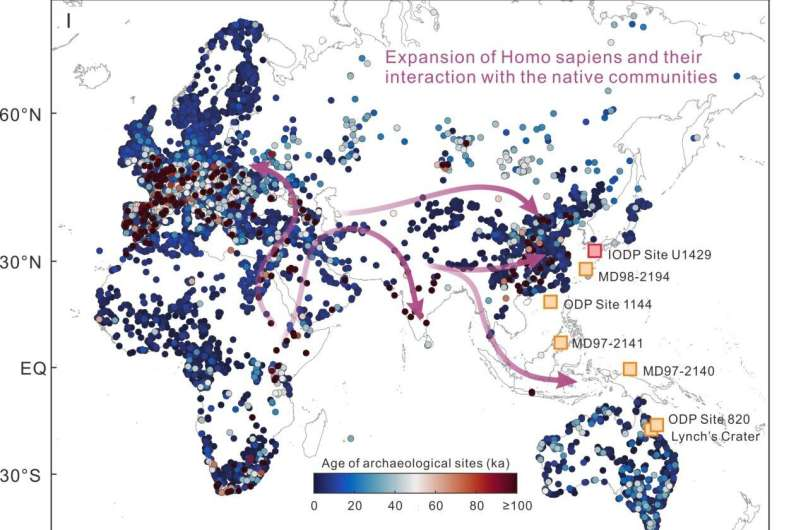For centuries, the Djoser Step Pyramid in Egypt, dating back to around 2,630 BC, has been recognized as the oldest pyramid in history. However, new research suggests that an even older structure exists—one that may not have been built by humans at all.
A Bold New Discovery at Gunung Padang
A study published in October 2023 has put forward groundbreaking claims about the Gunung Padang site in Indonesia. Researchers argue that the oldest layer of this pyramid-like formation dates back to approximately 25,000 BC, making it far older than any known human-built pyramid. But the most surprising assertion? The deepest layer may not have been constructed by humans.
This controversial research, led by Danny Hilman Natawidjaja from the Indonesian Institute of Sciences, was published in the journal Archaeological Prospection. According to the study, the pyramid’s core is composed of massive, intricately shaped andesite lava, leading researchers to believe that its foundation originated as a natural lava hill. Over time, it was sculpted and built upon using advanced masonry techniques.
Rewriting the History of Human Civilization?
If confirmed, these findings could challenge long-held beliefs about early human societies and their ability to construct large-scale structures. The researchers suggest that their discovery points to advanced masonry skills dating back to the last Ice Age, well before the commonly accepted timeline for complex human civilization and construction techniques, which is thought to have begun with the rise of agriculture around 11,000 years ago.
The study also draws comparisons to other ancient sites, such as Göbekli Tepe in Turkey, which has already pushed back estimates of early human construction abilities. If humans did, in fact, build the oldest layers of Gunung Padang, the study suggests they must have possessed extraordinary masonry expertise far earlier than previously believed.
Skepticism from the Scientific Community
Despite the bold claims, not all archaeologists are convinced. Flint Dibble, a UK-based archaeologist, has openly criticized the study, questioning the lack of concrete evidence. He expressed surprise that the paper was published in its current form, arguing that the natural movement of materials over time could explain the observed patterns in the rock.
Similarly, Bill Farley from Southern Connecticut State University pointed out that while the soil samples from Gunung Padang have been accurately dated to 27,000 years ago, they do not contain definitive signs of human activity, such as charcoal or bone fragments, which are typically associated with ancient human settlements.
The Ongoing Investigation
The researchers behind the original study remain firm in their stance, inviting scholars from around the world to conduct further investigations at Gunung Padang. In response to the controversy, the journal that published the study has launched a formal review of the research to assess its validity.
As the debate continues, the mystery of Gunung Padang remains unresolved. Whether it proves to be the world’s oldest pyramid or simply a natural formation later modified by humans, this discovery has ignited fresh discussions about the origins of early human civilization and the extent of their architectural capabilities.







